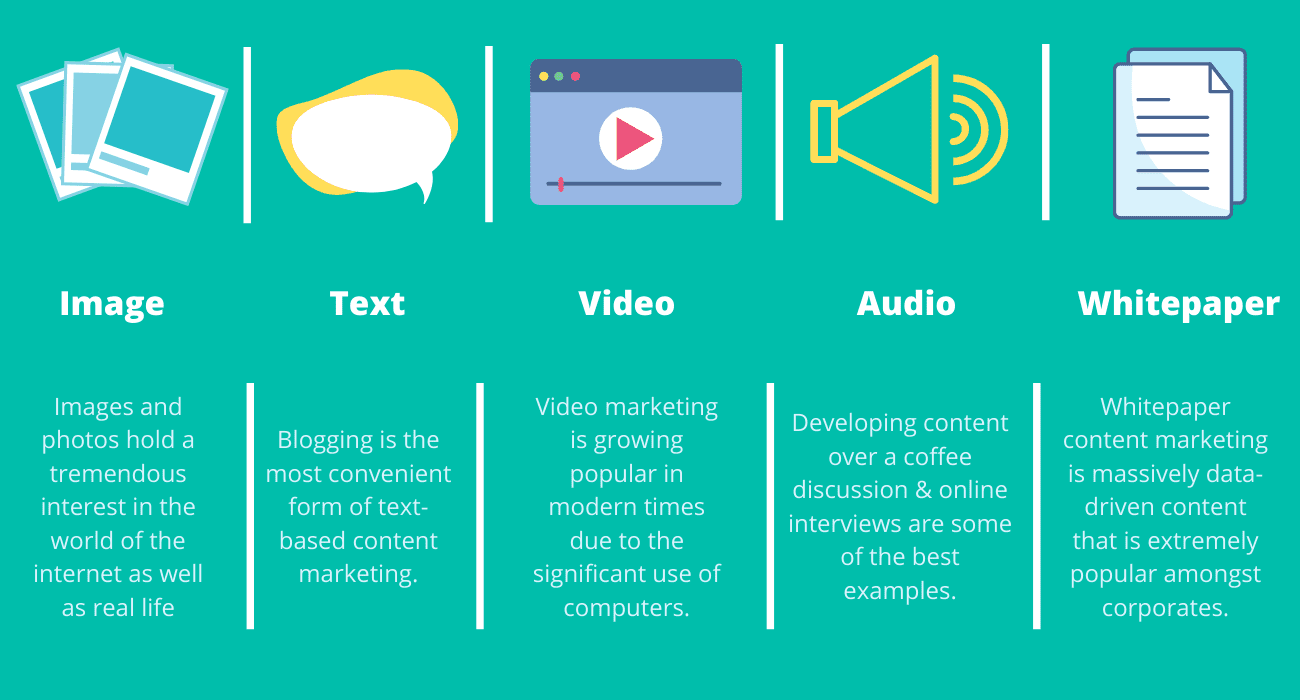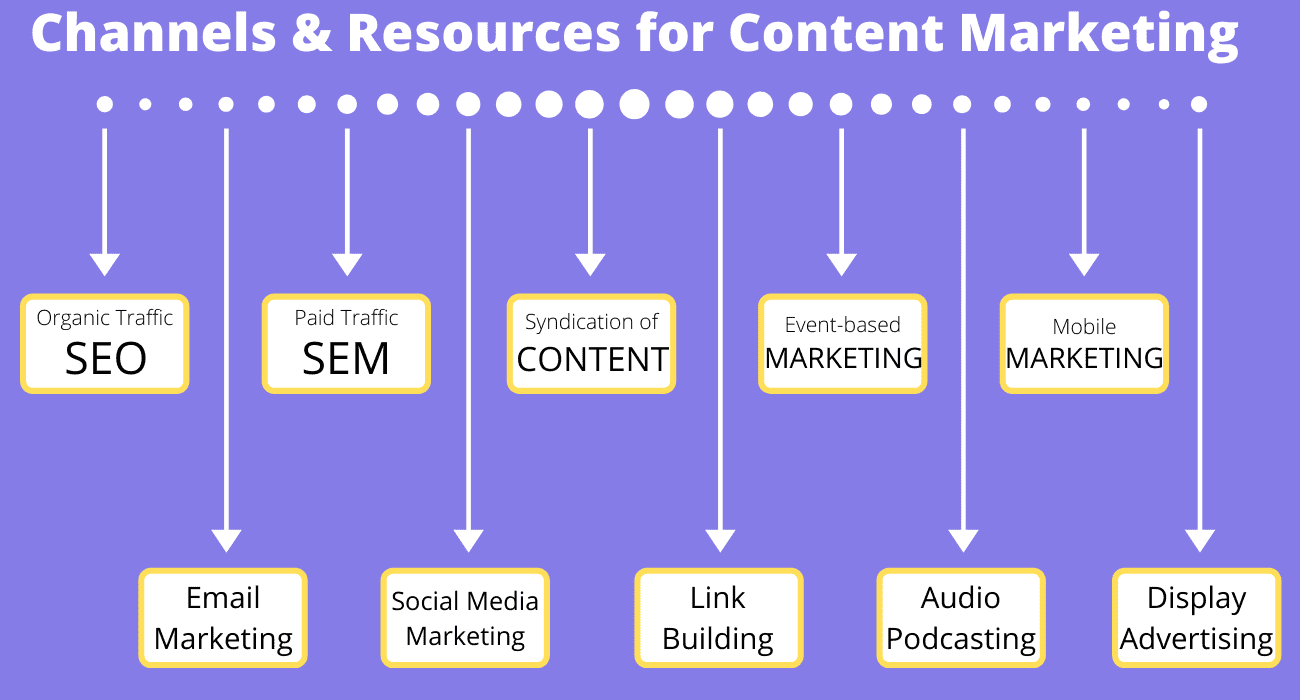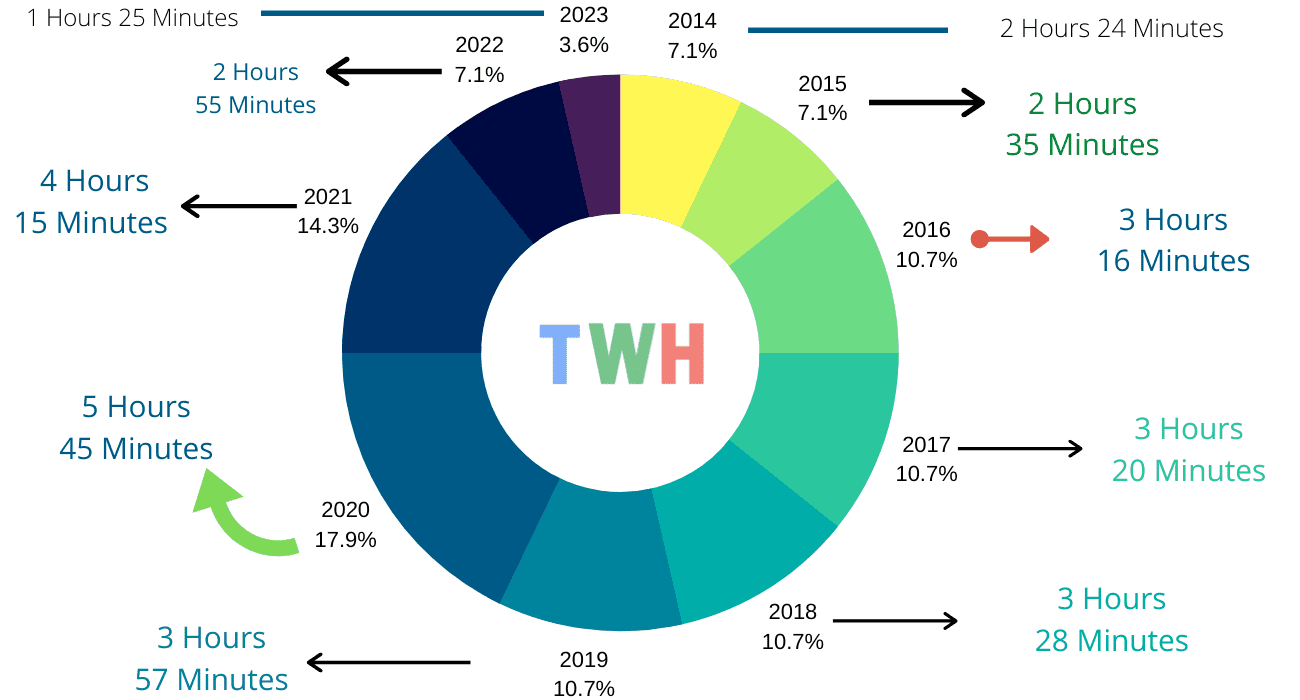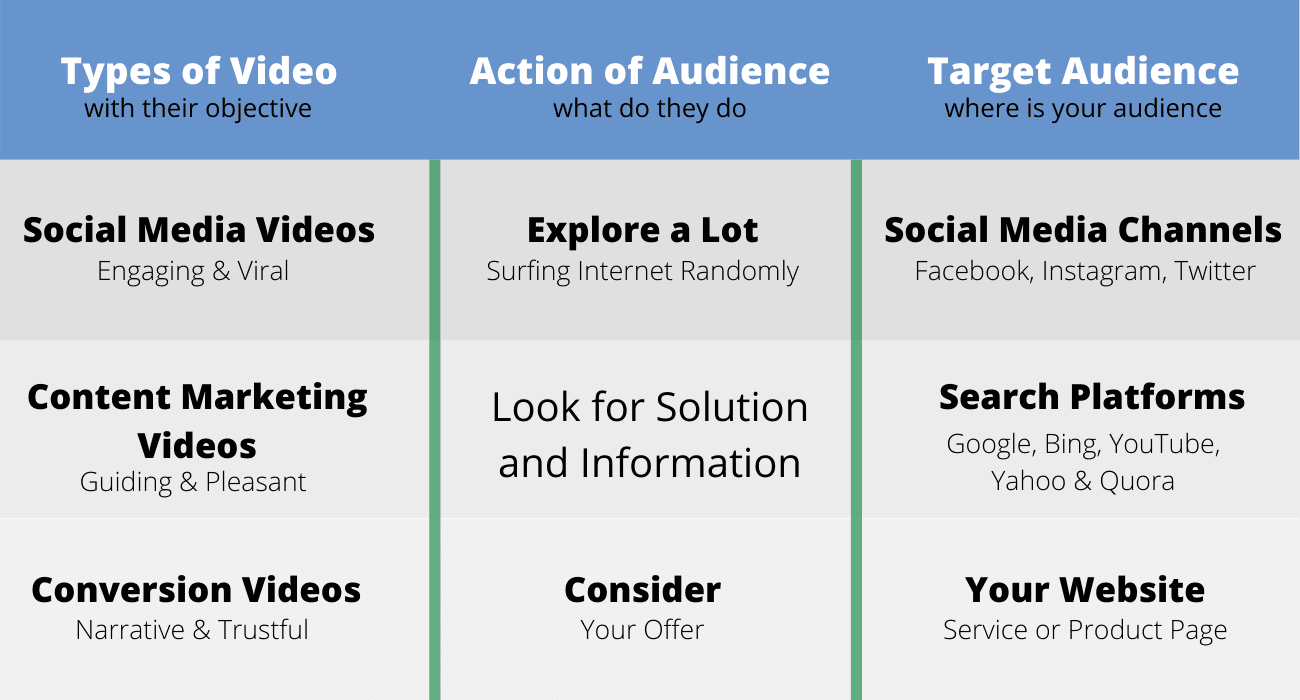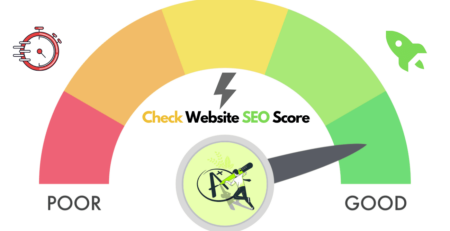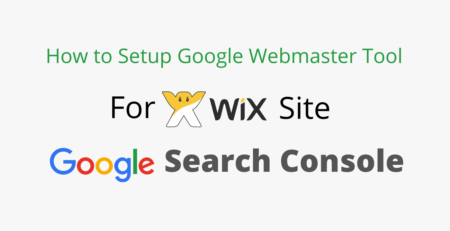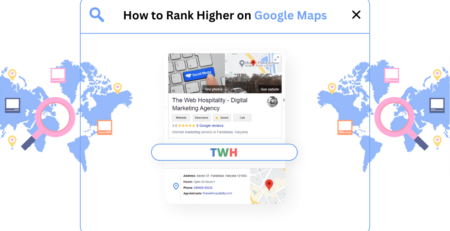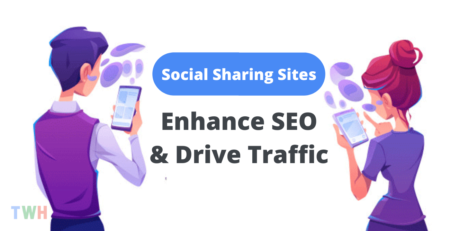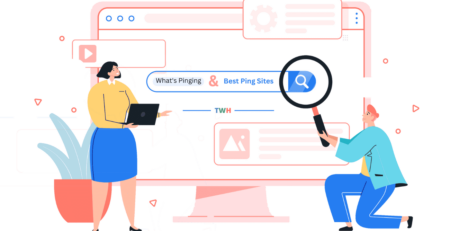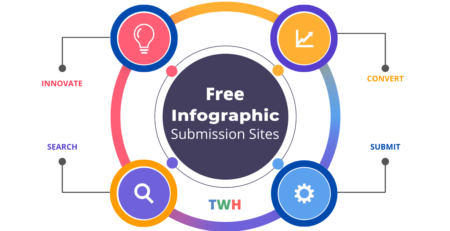Last updated on July 21st, 2025 at 12:01 pm
Explore Content Marketing Guide & Tips for 2025
What’s more important when discussing content marketing in 2025: choosing quantity or going with quality?
In this guide, I’ll cover everything you need to know about creating and publishing web content.
What is Content Marketing?
Effective content marketing requires a professional strategy that keeps the audience engaged and interested.
Some common goals of content marketing include introducing a product to customers, educating or informing customers about a topic, or simply sharing informative articles.
There are many different types of content marketing, and businesses can use a variety of approaches to reach their target audience.
Types of Content Marketing
Type 1: Image / Photos Based
Experiences can evoke emotions and create a desire to acquire something, and images are an effective way to do this.
With the rise of social media platforms such as Pinterest and Instagram, images are more popular than ever before.
Type 2: Text-based
In addition, social media marketing has become extremely popular. For example, you can create an exclusive Facebook group and post text-based content to engage with your audience and promote your products.
Another option is to offer valuable resources such as email newsletters or eBooks, which can provide useful information to your audience and promote your brand.
Type 3: Video-based
In addition, the massive content platform YouTube has been especially effective for the promotion of videos.
Type 4: Audio or Podcast Based
However, it is still developing in many countries.
Creating content over a coffee discussion, conducting online interviews, and recording voice messages are some of the best examples of podcasting.
Type 5: Whitepaper Content Marketing
These data-driven content pieces are extremely popular among corporate audiences.
Examples of Content Marketing
1. Webinars
They can be both live or recorded and provide an opportunity to share your perspective on an industry theme, your product, or anything else with your audience.
2. Blog Posts
They provide a platform to present popular industry topics, establish yourself as a thought leader, describe how your products can be used to solve common challenges, and attract potential customers to your website.
Once you have created your blog content, you can repurpose it to create social media posts, eBooks using the same text with added visuals, long-form content covering the same topic, and much more.
3. Infographics
Involving infographics in your content strategy is an intelligent approach for all of these reasons.
4. Case Studies
They are bottom-of-the-funnel content that can be tremendously helpful in converting customers.
Hearing a real story of a happy customer’s experience is incredibly persuasive.
5. Explainer Videos
They are one of the most effective and efficient ways to showcase your content examples.
6. User-generated Content
It is a strategy used to engage real people and can be creative and unique.
Additionally, it is extremely cost-effective, making it accessible to businesses of all sizes.
UGC campaigns can be created using social sharing platforms to generate interest and encourage followers and fans to share their own content.
Alternatively, UGC can be gathered from where it naturally occurs, such as in product reviews and blog comments.
7. Testimonials
Channels for Content Marketing
1. Organic Traffic (SEO)
As a result, website visitors click on the content they find in organic search engine results pages (SERPs) – and it all begins with a search query.
The content you publish on your website is indexed by search engines and served to users, and it is not just limited to blog articles.
Infographics, video content, images, and anything else can appear in SERPs, providing you with more exposure and the opportunity to funnel traffic to your website.
2. Paid Search Traffic (SEM)
However, sometimes your business requires a more active, more immediate kind of ROI, that can be achieved through paid search ads.
As a sort from SEM, the paid search ads oblige at the top of SERPs, providing your business important presentation that couldn’t be achieved unless.
Designing landing pages, branded ad copy, including click-worthy headlines on your paid ads will help you to divert traffic from your competitors plus funnel business leads to your website.
3. Email Marketing
By sharing gated assets, newsletters, and other types of content directly into the inboxes of email lists, you can cut through the noise of the web and have one-on-one discussions with potential customers.
By segmenting email lists based on account types, user intent, and different industries, you can share content with precision, ensuring your message reaches the right people at the right time.
4. Social Media Marketing
You can post targeted content on a particular channel and different types of content on other channels where your audience is, and you can reach them there.
Your social media platforms also enable you to acknowledge subscribers and your followers, scale engagement in real-time, and promote your products and interface with influencers.
It’s a varied, highly active ecosystem to gain on.
Facebook, Instagram, Twitter, LinkedIn, and Pinterest deliver your content approach it couldn’t succeed elsewhere, making it an essential tool for your delivery strategy.
5. Link Building
Obtaining those links is an incredibly effective method to improve your brand’s reach.
Link building is a specialized process for generating interest in your content and acquiring links to your website.
Distributing your content and getting it in front of the right audience is key to successful link building.
Each incoming link from a unique domain URL provides link juice, which can boost your website’s rankings.
6. Podcasting
As the average smartphone user spends approximately 4 hours a day on apps, recording a podcast can place your business directly in front of them through platforms such as Spotify, Anchor, Apple Podcasts, iTunes, and the many other listening apps available.
Podcasting provides your brand with a unique platform to delve deeper into your niche subjects, interview industry experts, and engage with like-minded businesses and customers.
It’s an excellent way to convey your message audibly, as listeners can enjoy your content while working out, driving, cooking dinner, or whenever they have downtime.
People will likely discover your podcast organically, just as they do your website.
This means there’s an opportunity to make your content discoverable to the average listener.
7. Display Advertising
Every time a user visits your website, they are tracked with cookies.
After they leave your website, your paid ads might be displayed across other apps, websites, and social media platforms they visit, building a way of brand communication.
These ads are usually displayed as banners consisting of text, imagery, and buttons.
8. Syndication
Syndication allows your content to gain more extensive reach and be seen by more online users than it would otherwise on its own.
The trade-off, however, is that the top syndication platforms are paid services and the amount of new traffic generated by the content cannot be guaranteed.
9. Event-based Marketing
Blurring the lines between physical and digital marketing, event-based marketing relies on the strength of both.
This may involve speaking events, lunch-and-learn webinars, or pop-up booths set up in communal areas with lots of foot traffic.
For certain events, you’ll require marketing collateral – like visual displays behind you or even printed infographics to hand out – and a promotion strategy to make your voice heard over the crowd.
Additional content-sharing formats to consider in the context of events are augmented or virtual reality experiences, branded merchandise, and interactive engagements or giveaways.
10. Mobile Marketing
Content marketing on mobile requires a fully mobile-responsive website design as a priority.
It also involves optimizing your content for less text, more visuals, and clickable buttons.
All of these should be seamlessly integrated within your web pages, emails, and social feeds.
Mobile traffic also includes thousands of applications accessible to customers, providing micro-channels within which you can promote your business, such as news aggregators, podcasts, and discrete branded apps.
Content Marketing Tips & Strategy
1. Have a Distinct Goal
‘What do you require to accomplish with your content?’ That must influence every social post, eBook, or blog you build.
Possessing a distinct overarching goal for your complete digital marketing strategy is important. It can be clear to understand that this goal may be ‘to generate the leads’ – that implies, after all, the goal of all business.
Although it’s likewise meriting getting some opportunity to analyze the ‘how’ and the ‘why’ you’re creating the content.
2. Know Your Audience
For this, you’ll require analytics.Fortunately, almost anyone with a website can analyze who arrives and goes on their website utilizing Google Analytics.
These data can benefit you to know who are your readers, what they’re seeming for, and how they’re preparing it.
With this data, you can know the demographics of your audience, including the job titles, age, seniority, and several similar interests they may have.
This is all essential information; as the material, you have created for an HR manager will usually be distinctive from that created concerning an IT expert.
Once you grasp this information, the next step will be to create marketing personas based on the data; a semi-fictional description of your abstract customer based on this research.
From where it’s much more comfortable to target your prospective content towards this audience.
3. Classify Your Content Types
Different businesses will have different requirements from their content strategies – so there’s no one size fits all strategy. There’s an essentially tremendous variety of various content types;
From the numerous popular eBooks, blogs, and case studies, to further interactive examples such as polls, quizzes, infographics, and many more.
Know how users can recognize the right content for their audience.
The method is to recognize what question your customer is asking moreover then tailor the content type following to that particular requirement.
The analysis is necessary that knowing who your customers are, the research terms they’re utilizing, and the particular problems they strive to address.
If you have a small size company with insufficient in-house sources, possibilities are you won’t be capable to provide a large variety of various types of content straight off the stick.
For that purpose, it’s necessary to completely recognize what types of content will produce the maximum result on your Audience.
For the B2B audiences, we discover eBooks, blogs, and whitepapers, and social media content on LinkedIn to be the most efficient.
But this won’t fundamentally be the equivalent for you so just make sure to go behind to your personas and contemplate your audience data while planning your content marketing strategy.
4. Plan Your Time
It’s comfortable to believe ‘I’ll simply write a blog while I’ve got something to write regarding, or when motivation connects’.
In reality, except you formulate distinct goals and deadlines, it’ll essentially surely fall to the back of the to-do listing.
For that purpose, it’s great to begin by determining specifically how much content you’ll provide each month, and what types of content. Then, it’s time to begin producing ideas.
When planning your content strategy, you should take an enthusiastic approach, by setting a target of blogs or webinars in a month.
You should also discover success with infographics, eBooks, whitepapers, and guidebooks. For a massive company with a broad readership across many industries including verticals.
This strategy is very powerful.
For many businesses, however, as few blogs or eBooks per month and amazing accompanying social media activity can hit strong support for an efficient content marketing campaign.
Always remember, consistency is eternally more valuable than the quantity.
5. Promotion is Everything
It’s essential to discover techniques to promote your content out plus get new audiences.
SEO including paid media will generally perform an essential role in this also determining how to accurately optimize your content for Google is truly necessary.
But if you need to create a thriving, sustainable, and natural audience, then the best tools are social media as well as email marketing.
SEO and the paid media may encourage you to generate a potential audience, though it won’t support you maintain it over time.
Concerning a B2B audience, Twitter also LinkedIn usually provides the most valuable audiences.
6. Track, Measure and Improve
The B2B technology market is a competing spot and businesses attending to linger on top necessary to deliver constant enhancements to their content marketing strategies.
To accomplish this, you should continually endeavor to explore more about your audience and how they communicate with your content.
The analysis is amazingly valuable, and it is important to know how prosperous the content you provide is or it could be.
That necessitates an intelligence of how many people are seeing the content, as well as how they used to access it.
If you find that all your users are getting you from paid media and SEO, it’s a great indication you necessitate to enhance your organic social endeavors.
As well as this, despite, following bounce rates and the engagement times will help you to develop your strategy as it will enable you to know which parts of content readers are interested in.
7. Conversations = Leads = Customers
It’s completely well and great producing content that involves your potential audience – but eventually, you require that potential audience to convert.
Engagements metrics including conversions are hence necessary. Fortunately, these can further be discovered In Google Analytics.
Providing a large amount of content will enable you to explore with various content types and deliberate covering time in which individuals are most likely to attract and engage your users.
Every business will have an insignificantly different readership, therefore it’s essential to identify that there’s no one size fits all strategy.
But it is necessary to recognize that you can’t require conversions overnight moreover delivering true thought administration is a long play.
The most prosperous content marketing strategies, profit from a long-term venture into a reliable and informative conversation with their consumers.
8. Consistency is Key
It honestly doesn’t work like that.
If you’re seeming for short term gains, paid media will support get some immediate traffic – but it’s important to accomplish on an organic appearance at the same moment.
Over a long period, you’ll begin to notice content including social engagement reach, presenting you with considerably more valuable and more profitable audiences then Google Ads eternally could.
But as consistency in the quantity of content, you should also endeavor for consistency in style.
Every section of content you create is truly a recitation in branding also it should add to your company’s more extensive image.
Whether that’s the points you prefer to talk or the conclusions you share, you should strive to build a clear and visible brand voice through everything you do.
Forming A Long-Term Content Marketing Strategy
Becoming a true brand leader requires patience, commitment, hard work – and a clear knowledge of the people you’re talking to.
You’re reasonably already informed that it’s a must-have; unless, you don’t have a concept or any way to understand if it’s working.
What you can be sure of, now and in the future, is that your content strategy must be graceful.
If you are just now forming a content strategy or returning it now due to the pandemic, then you need to follow all the above given important steps.
Content Marketing Tools
With the user experience at a premium, as well as technology requiring marketers to emerge their tactics in approaching real-time, plugins, software, dashboards, alliances, and analytics are table sticks.
I’ve provided some best selected tools for content marketing from a wide range of SEO tools to make your marketing more granular, more efficient, and more engaging:
Keyword Research
- Google Keyword Planner
- SEMrush
- Moz Keyword Explorer
- SpyFu
- MarketMuse
- KWFinder
Writing
- Hemingway App
- MarketMuse
- Grammarly (One of Best Chrome Extensions)
- Answer the Public
SEO
- Yoast
- SEMrush
- Ahrefs
- Buzzstream
- Majestic
Social Media Automation & Analytics
- Hootsuite
- Buffer
- BuzzSumo
- SproutSocial
Email Automation & Analytics
- HubSpot
- Salesforce
- Pardot
- Marketo
- Constant Contact
- MailChimp
Site Audit
- Google PageSpeed Insights
- SEMrush
- ScreamingFrog
- Raven Tools
Site Audit
- Google PageSpeed Insights
- SEMrush
- ScreamingFrog
- Raven Tools
Site Analytics
- Google Search Console
- Optimizely
- Google Analytics
- Crazy Egg
Advantages of Content Marketing
It’ll take just some patience as well as hard work to drive which approaches work most suitable for you, but once you conclude it out, you can obtain important benefits.
Thought Leadership: When you used to publish inclusive content and promote it correctly, customers begin to see how proficient you are.
Whether it’s through thorough blog posts, social media campaigns, or authority guest posting, you consider yourself as a thought leader in your niche.
The more you write concerning something and elevate out content for it, the more beneficial it looks to consumers.
Increased Website Traffic: You require people to check out your website. It’s indeed better when your content and product satisfies them to sign up with you.
If you promote your content and engage with users, you’ll see an improvement in the traffic of your website, which begins with its own set of benefits.
Core Benefits of Content Marketing
Engaging with your customers over social media posts or groups allows customers to see that you’re active in the community also care about their well-being.
Customer Education: Even if the customers haven’t pulled the trigger on acquiring with you, they’re yet seeing into your business.
Impressive content convinces them that you’re there to encourage them without any secret goals.
It’s free, it’s relevant, and it’s valuable. Potential customers appreciate the effort on your end and you can begin to build relationships.
Lead Generation: Reasonably the best benefit of content marketing is that it helps with lead generation.
Not just that, but it helps you to receive leads from your target audience, which indicates more opportunities for you to make sales for your business.
FAQs about Content Marketing
Final Thoughts on Content Marketing
Are you already implementing content marketing strategies?
If you have any additional examples that I may have overlooked, please share them in the comment section below.


